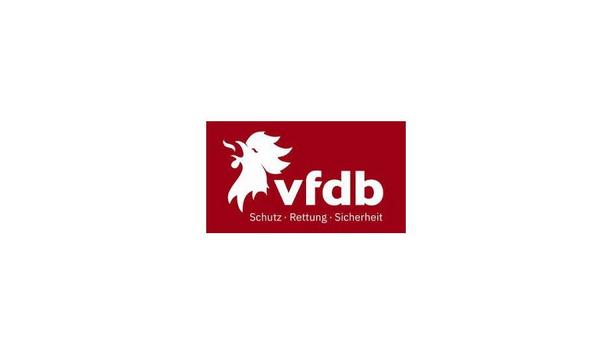Fire Doors or Fire resistance doors are used as part of a passive fire protection system to reduce the spread of fire and smoke between separate compartments of a building; they are given with fire-resistance rating.
Fire doors may be made of a combination of materials such as glass, gypsum, steel, timber, vermiculite boards, aluminum, or galvanized iron. They are designed to be kept closed; any gaps between the wall and the door must be filled with a fire-resistant sealant.
guidelines of a testing agency
The door panel and the door frame must pass the guidelines of a testing agency that provides the product listing. The door frame is composed of the fire or smoke seals, door hardware, and the structure that holds the fire door in place.
These components form an assembly called a doorset which holds a numerical rating - the number of hours of resistance to test fire. All components must have a listing agency label to ensure that they have been tested to pass the fire rating requirements.
noncombustible
Fire doors create a protected route to safety, assist the fire brigade, and withstand the attack of fire
Fire doors are not always noncombustible. Some portions of the door may be destroyed by combustion during exposure to fire; this is acceptable as long as the door assembly passes the fire test criteria of limiting temperature on the non-fire side of the assembly.
The goal of the fire door is to slow down the spread of fire from one compartment to another for a limited amount of time enough for occupants to evacuate. Fire doors create a protected route to safety, assist the fire brigade, and withstand the attack of fire for a limited time.
installation and maintenance
Nonetheless, occupants are not always protected from smoke and fire by the fire doors. Poorly maintained and incorrectly installed fire doors pose a great risk to the occupants of the building and may result in fatal injuries.
Fire doors must be properly installed to reduce the risk of failure; gaps must be appropriately filled with fire-resisting sealant. Also, they must be regularly inspected by a professional to ensure safety.















